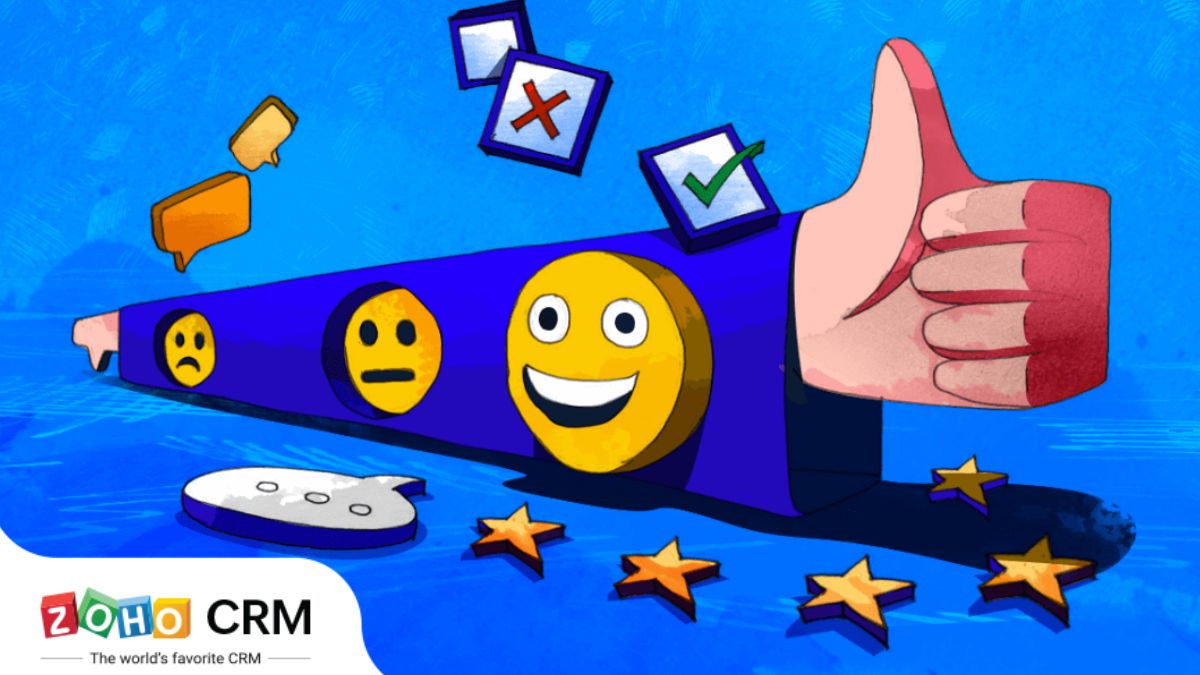- HOME
- Management
- How to ask your online visitors for their email address
How to ask your online visitors for their email address
- Last Updated : August 7, 2023
- 389 Views
- 5 Min Read

Every online business venture requires customer data to operate without which, the business will cease to exist. When you have concrete details about every customer or potential customer in your CRM, you can personalise every experience with your business on a modular level. How do you do that? Well, you need a way to contact them, preferably email. Soliciting an email address from a lead is your first conversational touch point; the success of which can make or break your business.
Why Email Address?
Email marketing has an ROI of 3800 percent; for every dollar spent on email marketing, you can, on an average, enjoy a $38 return. Email is still the most popular marketing channel, and it’s only getting better with recent advancements in CRMs, automation, and personalization. Socially, emails are less personal than phone numbers but more personal than a targeted ad. Customers are more comfortable with sharing their email address than any other contact detail, which is beneficial to the company too given the growing concerns over privacy and data collection that eventually led to GDPR.
Frame a reason
Before you devise a plan on collecting email addresses, you need to identify why you need them in the first place. Once you have a vague idea of what you want to accomplish from that, step into the shoes of the customers for a moment. Why should a customer give you his or her email address? What’s the benefit they will be reaping from sharing that personal information with you? Frame it and build your strategy around it to be successful at email marketing.
Use popup boxes
When a prospect lands on your webpage, you can monitor their activity with the right tools, when the moment is right, request their email address. Say a prospect spends a good amount of time reading a product description that eventually triggers a pop up that says, “Want to learn more about X? Let’s talk!”. The pop up box can carry phrases depending on the page the user is frequenting. If they are reading an FAQ section, they’re probably looking for help or answers which means, “Is everything alright? Let us help! “, can be a much more suitable question to pose and collect their email.
Avoid overlaying the webpage with the pop-up box in an incoherent way, as it only inconveniences your customer from reading the content of your website. They are less likely to share their details if you bombard their experience like that. Also, do not pop the question as soon as they visit your page! They’d have no reason to share their details with you at that juncture; let them read your content and then decide for themselves.
Navigation bar
If employing a popup box at the right time doesn’t work, provide them an option to enter it whenever they feel like it, by creating an entry box next to your navigation bar. Make sure it has a high visibility quotient, as it will appear on every page of your website. It shouldn’t take up too much space but must stand out from the actual content in the page, without being obtrusive or distracting. This way, users have the freedom to quickly enter their details, instead of waiting for a pop up or having to navigate to the ‘About Us’ page. That brings us to the next point…
In the “About Us” page
When a customer goes through your ‘About Us’ page, they are likely to be interested in something you have to offer. Include a form at the bottom for customers to fill in their email address. Prospects from this form are more likely to do business with your company, as they navigated to the bottom of your page to fill it out. If your company deals with a lot of products and services, each with a separate customer relations team, create multiple ‘About’ pages and add a form at the bottom.
Social Media Buttons
Unless you’ve been living under a rock, you should be aware that omni channel support is the norm, not a fad. Your customers find you and look for details about you, not just on your webpage but across every channel they’re already on or comfortable browsing. Therefore, make sure to include a call to action button on your social media handles, which directs customers to a form to fill out their email address. It’s important to include a button in every channel, even a sparsely populated one, since you never know where potential customers are hanging out.
Engaging Posts
Create quality content on your social media pages and blog from time to time, that builds a community of readers who engage with the posts as well as with each other. Create a form or a popup up box that encourages readers to sign up for your newsletters and to receive notifications about future posts. Let your content do the talking. When the content you post impresses a prospect, they are likely to look for more, which is the right moment to solicit their email address. By doing this you can secure a lead for your CRM as well as a subscriber for your content.
Webinars/Workshops
Organizing workshops, webinars, or an online course is an easy way to mass solicit emails from prospects. Create segmented ads and request partners to share the news about the event among their circle weeks before the date. People will share their email address with you for registration, which you can use for marketing (if you include a check box for approval). Webinars and workshops also brings about engagements which can help your business trend online, and bring in new prospects.
Make it an option, not an obligation
In all the tips mentioned above, the recurring theme is that customers must feel the need to share their email address with you. Because they are more likely to remember that touch point which means they will be expecting an email in their inbox. Avoid luring prospects into sharing their details with you or blocking contents that require them to sign up, as this will only result in insincere entries which will inflate your lead numbers. Also, consult with your lawyer regarding whether the measures you take to solicit email addresses complies with GDPR.
However, the most important part of all; make sure to follow up with a personalised email as soon as they share their address with you. What’s the use in going through all this pain to collect their details if you don’t use it.


